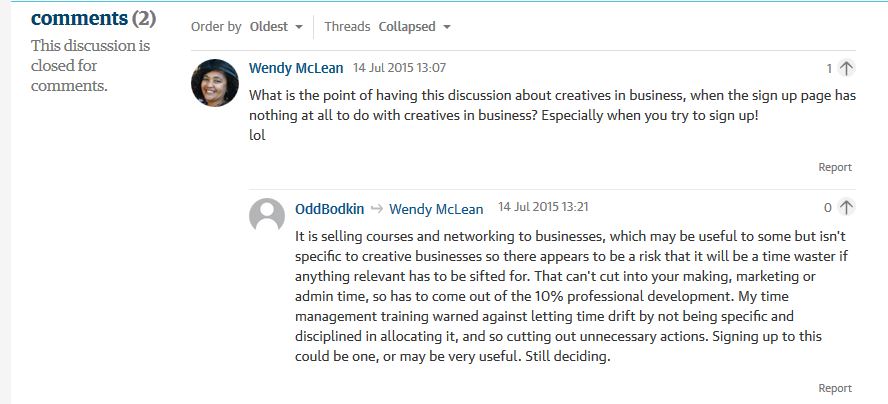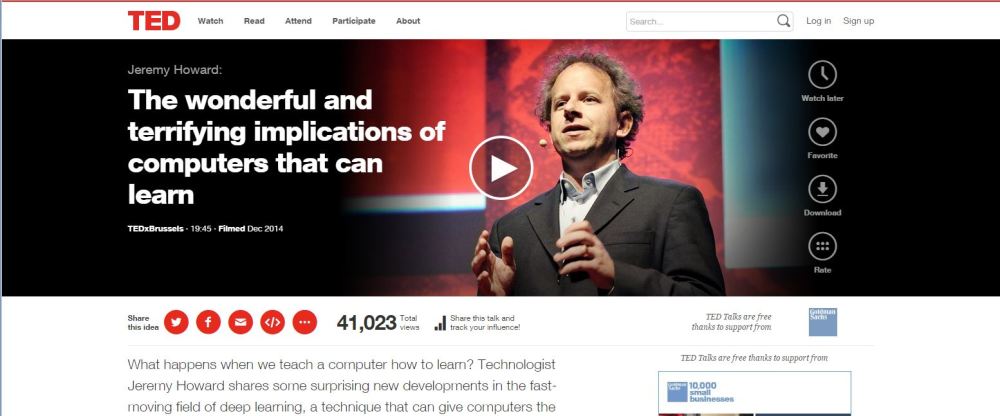I was surprised by a recent piece on Non-Profit Quarterly reporting the results of a recent study finding that the more successful an arts organization was in attracting an audience, the more donations will decline. The theory the researchers had was that success made an arts organization look less needy.
I was skeptical of this based on what I have observed, so I did a little digging to find the full article which appeared behind a paywall in Public Performance and Management Review. The details of their finding are a little more nuanced.
Even though the researchers make the statement in their conclusion that,
“The evidence suggests that better performance outcomes in terms of increased awareness and attendance have a negative rather than a positive influence on charitable giving.”
The discussion of their findings seems to suggest this is only true in regard to foundations.
For a 10% geometric mean increase in an organization’s attendance, the amount of all contributions received in the following year decreases by 0.72%
If we separate private giving into its three components (individual, corporate, and foundation giving), this negative relationship is statistically significant for foundation grants only. The amount of all charitable giving decreases by 0.08%
They don’t really make any statements about how individuals and corporations handle their giving in response to increased attendance and awareness.
Other Items of Interest:
Some other interesting things they found was that:
“It is worth noting that the amount of donations appears to be unresponsive to both government funding and program revenue.”
Basically, donation amounts don’t seems to be impacted by the amount of government funding or program revenue an organization receives in a year.
•Giving away free tickets may slightly help donations
“The result for increased free access lends some support to the first hypothesis: a 10% increase in the number of free tickets provided by arts and cultural nonprofits results in a 0.34% increase in contributions. This positive relationship is, however, only marginally significant.”
•Younger organizations tend to receive greater support than older organizations.
Donors, however, appear to prefer relatively young organizations, at least in the case of arts and cultural nonprofits. When we divide private giving into its three components, organization age has a negative relationship with institutional giving but is not a significant factor for individual donors.
Big Surprise
Despite what we read about donors really scrutinizing administrative overhead, for arts and cultural non-profit organizations at least, high overhead is not penalized.
…donors to arts and cultural nonprofits do not care about fundraising efficiency, which is measured by the average cost to raise one dollar. As the cost to raise a dollar increases, donations increase rather than decrease. On average, a 10% decrease in fundraising efficiency (i.e., an increase in the fundraising cost to raise a dollar of donation) leads to a 0.72% increase in the total amount of contributions. In other words, an organization would solicit slightly more donations, as compared to other organizations of similar type and size that spend less per dollar raised.
[…]
This finding is counterintuitive and provides no support for the prevailing assumption that donors view high costs of raising funds negatively. The results show that donors to arts and cultural nonprofits, especially foundation funders, reward rather than punish nonprofits that spend more to raise a dollar of donation.
The idea that the appearance of success is what helps you raise money is what provided the impetus for my deeper investigation. I think we all have a feeling that a few big organizations seem to attract big donations. Because the researchers are only looking at data collected via the Cultural Data Project, the social cachet of being seen to donate to a popular organization isn’t factored into the results. The authors do acknowledge that popularity and visibility do seem to be factors.
They suggest that big organizations are attracting larger donations because they are pouring more money into their fundraising budgets and aren’t being penalized for incurring the overhead expense.
I was interested by their observation that organizational size didn’t seem to impact corporate giving. I would assume visibility in the community, and therefore the ability to make a business more visible, is a factor in corporate giving more than organizational size.
Caveats
The researchers admit that since very little research has been done on these specific questions before, more study is required to gain an accurate picture. They say the statistical significance of the relationship between increased success and reduction in donations is marginal.
They also note that they use attendance as their measure of success which may be a poor criteria since it has no bearing on the effectiveness or quality of the experience for an audience member.
Likewise they note that using website visits as a measure of awareness might not be valid for many organizations whose communities may depend on print media, mailings and word of mouth to raise their awareness.






I've been to a few of the Science on Tap events, though I never gave a talk at one of…